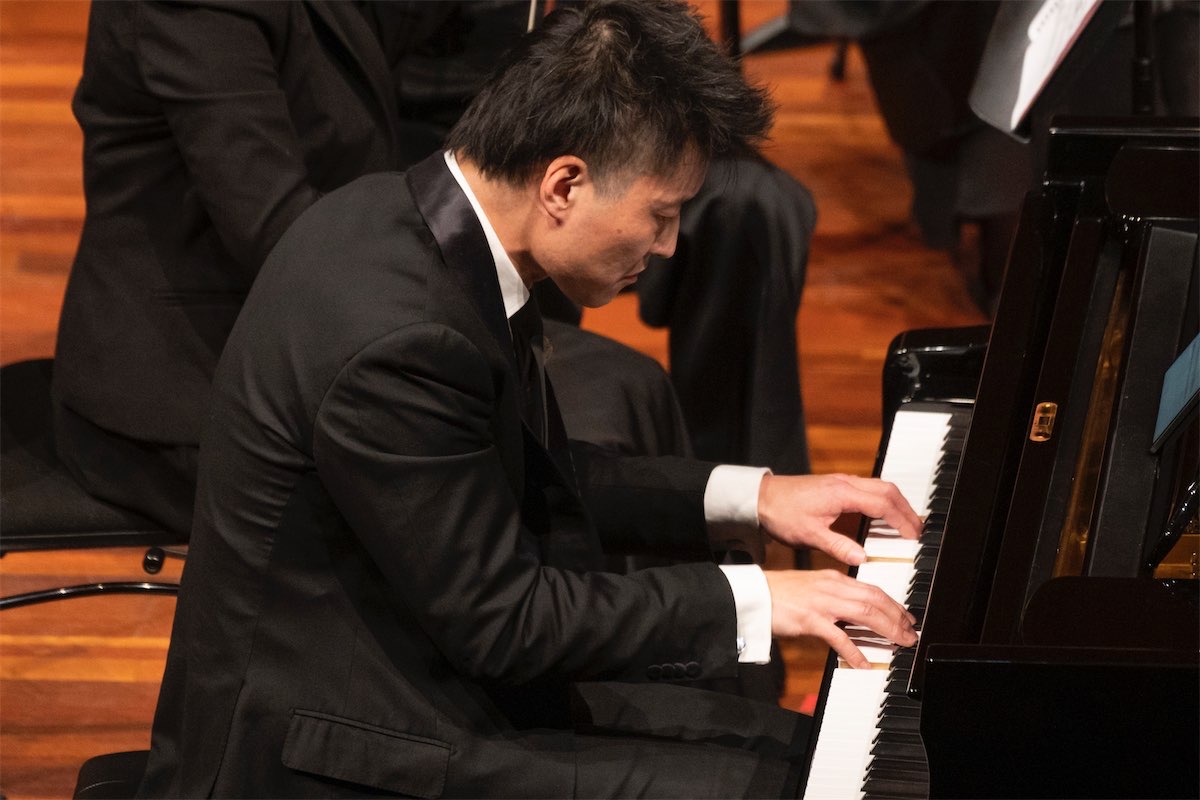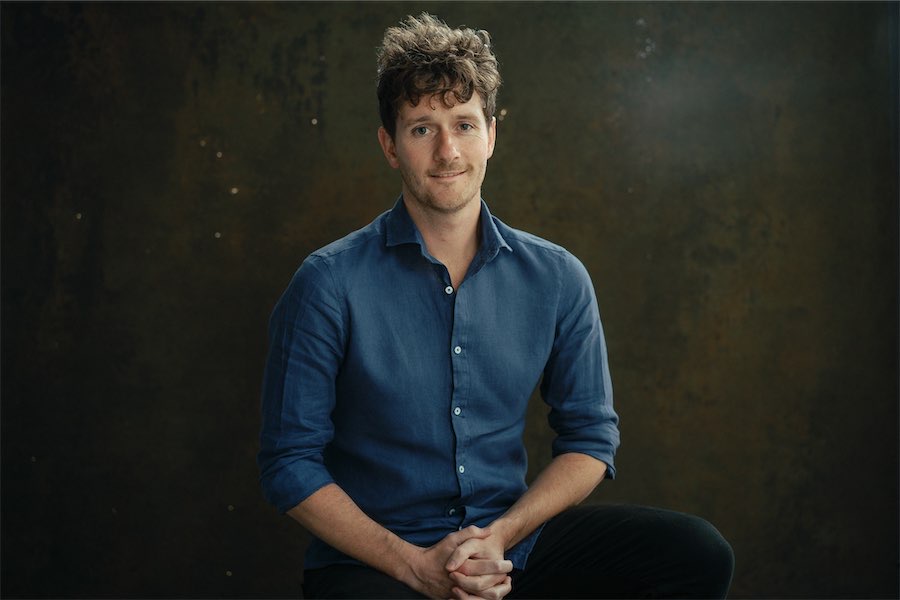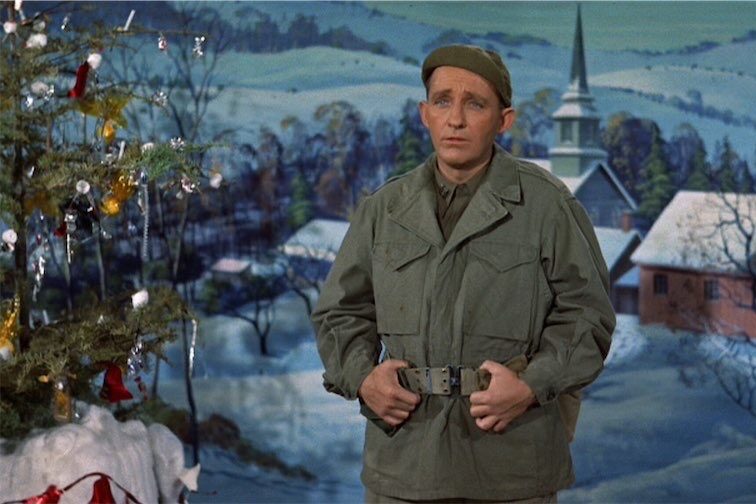
Music / “War and Peace”, Canberra Symphony Orchestra, Llewellyn Hall, September 14. Reviewed by ROB KENNEDY.
THREE vastly different pieces of music in this concert titled “War and Peace” showed how music can portray the raw intensity of conflict and the beauty of harmony.
The conductor, Sam Weller, who recently graduated from the National Masters in Orchestral Conducting in the Netherlands, was making his debut. The Australian concert pianist Kristian Chong on piano and the Canberra Symphony Orchestra performed in this powerful concert.
Written towards the end of World War II, Richard Strauss’ “Metamorphosen for 23 solo strings” begins with a beguiling tune on cellos and double basses. This alludes to what follows in this as some have called it, “a statement on the destruction of Germany during the war”.
This heavily layered music is full of dense textures and affectionate solo lines. It is also a lesson in string music writing. It’s symphonic, rich, and highly expressive.
The CSO string players chosen created a wonderfully warm sound across each voice. The guest conductor, Sam Weller, who doesn’t need a baton, effectively uses his direction and body movement to relay what the music is supposed to be achieving.
The concertmaster Kristen Williams has a lot to do in this work. Her role is almost as soloist. Throughout, she made her violin sing with passion. The entire section performed this highly expressive piece with great authority.

With Kristian Chong on piano, the electric “Piano Concerto No. 2 in F-sharp minor”, by Australian Malcolm Williamson, crossed genres and moods. Rushing into its opening, the energy in this music is instantly apparent. The tension in the first movement rushes by with great speed.
Chong has picked this work up well. He played it like he owned it. Finding a voice for this rarely performed work must have been a challenge. The piano has a lot to express, especially as it’s only for piano and strings. But Chong grabbed it with both hands and played it like he knew it well.
The powerful writing in this piece shows a composer of the highest quality. The music is still fresh and dynamic, even though it was written in 1960. At times, it was a carnival of sound bouncing along through lively animated melodies and rhythms. More great Australian music like this please CSO.
After the Interval, the Beethoven. “Symphony No. 3 in E-flat Major” op. 55, Eroica. It is so well performed that it was being played on the same night by the Adelaide Symphony Orchestra.
War-like, with two strong beats, it began: quicker than normal. The CSO were smack on with their timing and dynamic. The first movement is a power-play of energy through music. The conductor echoing the thrust of every note and phrase equally energetic.
There seemed to be special touches in the music. Ultra-soft pianissimos and crashing fortissimos added greater depth to the symphony. The short notes on the strings, spitzicato, felt like they had an extra-sharp edge. This was turning out to be a beautifully robust performance of this well-played symphony.
Again, in the following movements, the dynamics and the phrasing sounded more emphasised, more sweeping. The quality of the playing got better and better. Not that there was anything ever wrong, but the music took on an extra dimension through expressive handling and direction.
The CSO under Weller achieved a mighty and awe-inspiring performance of Beethoven’s Eroica, as were all the pieces performed at this impressive concert.
There is a final performance of “War and Peace” on September 15.
Who can be trusted?
In a world of spin and confusion, there’s never been a more important time to support independent journalism in Canberra.
If you trust our work online and want to enforce the power of independent voices, I invite you to make a small contribution.
Every dollar of support is invested back into our journalism to help keep citynews.com.au strong and free.
Thank you,
Ian Meikle, editor




Leave a Reply